Minimum brake disc thickness: what should it be, what to pay attention to?
The brake disc is one of the main safety elements of a car. In the article, we will discuss the principle of operation of disc brakes, the main signs of wear and clear criteria for when replacement is required.
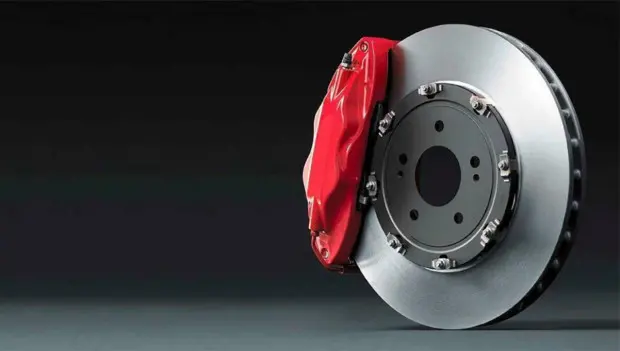
Before you start reading this material, the Auto30 team strongly recommends paying close attention to the condition of the brake system, its components and units. Your life and health depend directly on it. Treat the content of the article with all seriousness.
The brake disc is one of the key elements of car safety. Despite the durable materials from which it is made, this part is subject to wear and damage due to constant loads and difficult operating conditions.
How are disc brakes constructed?
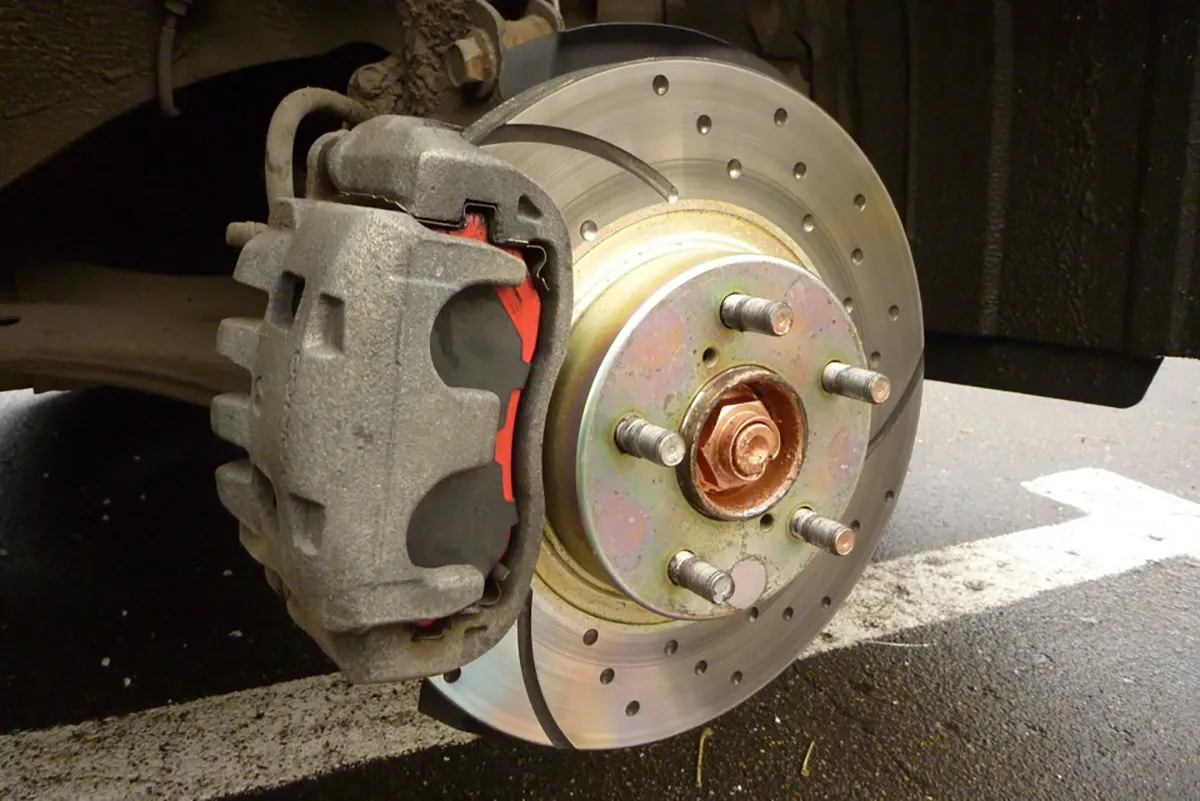
Disc brakes appeared in the middle of the 20th century and quickly became the standard for most passenger cars. Today, about 90% of new cars are equipped with them – due to their efficiency, simplicity of design, and affordable cost.
However, such a system has a disadvantage: a small contact area of the pad with the disc requires increased pressure in the brake system, which accelerates the wear of both parts.
What thickness of the brake disc is considered acceptable?
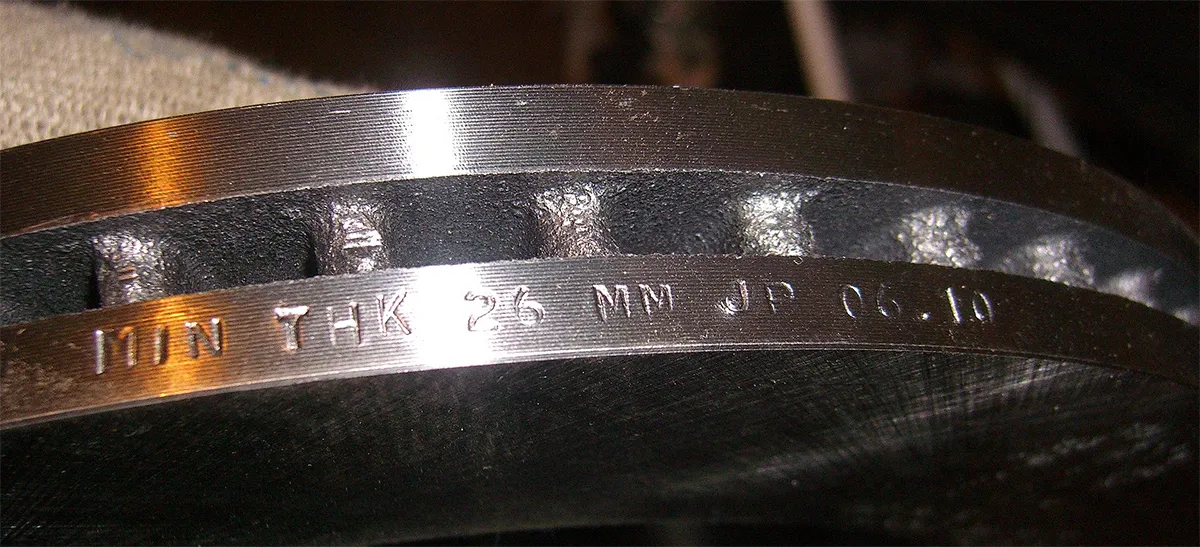
Exact numbers vary depending on the manufacturer of the car and the discs themselves. Average mileage values are just a guideline, and actual wear depends on many factors.
Many car owners ask where to find information about acceptable thickness. The answer is simple: it is indicated on the disc itself. Manufacturers apply two numbers on the edge – the initial and the minimum allowable thickness. If the disc is worn down to the second mark, further operation is unsafe.
But in addition to natural wear, the condition of the discs is affected by the driving style, especially aggressive driving in urban conditions.
How to determine critical wear of the brake disc?
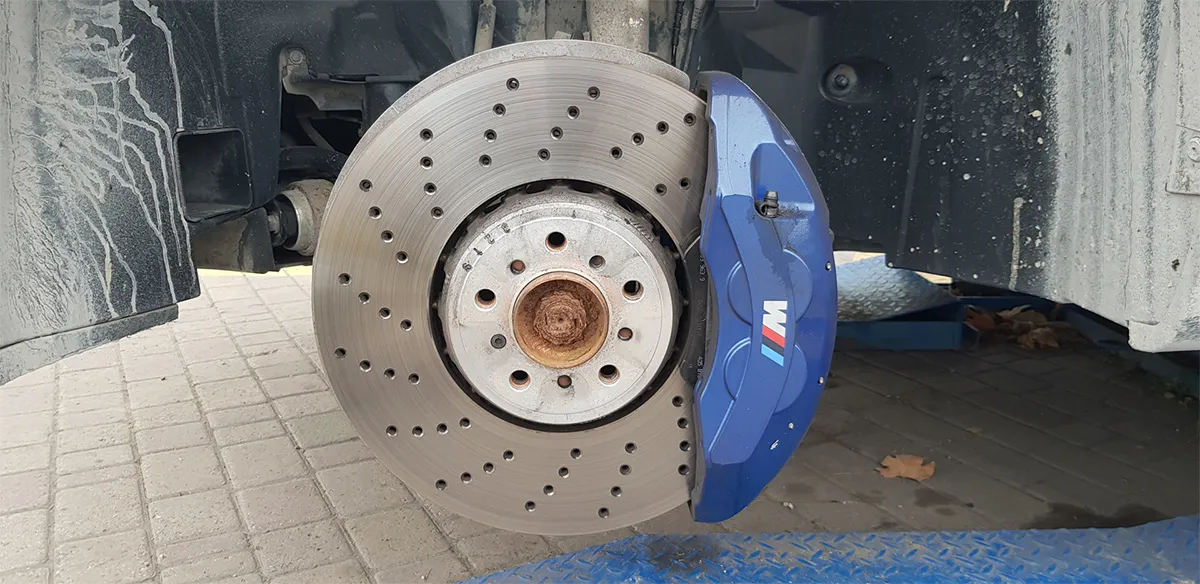
The main sign is a change in the car's behavior during braking. If steering wheel beating is felt during a sharp stop, it is time to check the discs. For an accurate diagnosis, it is better to remove the wheel and inspect the part.
Measurements are taken with a caliper in several places – wear may be uneven. It is also important to check the surface for deep scratches, burrs, and other damages. If defects are found, it is time to think about repair or replacement.
What to do with worn brake discs?
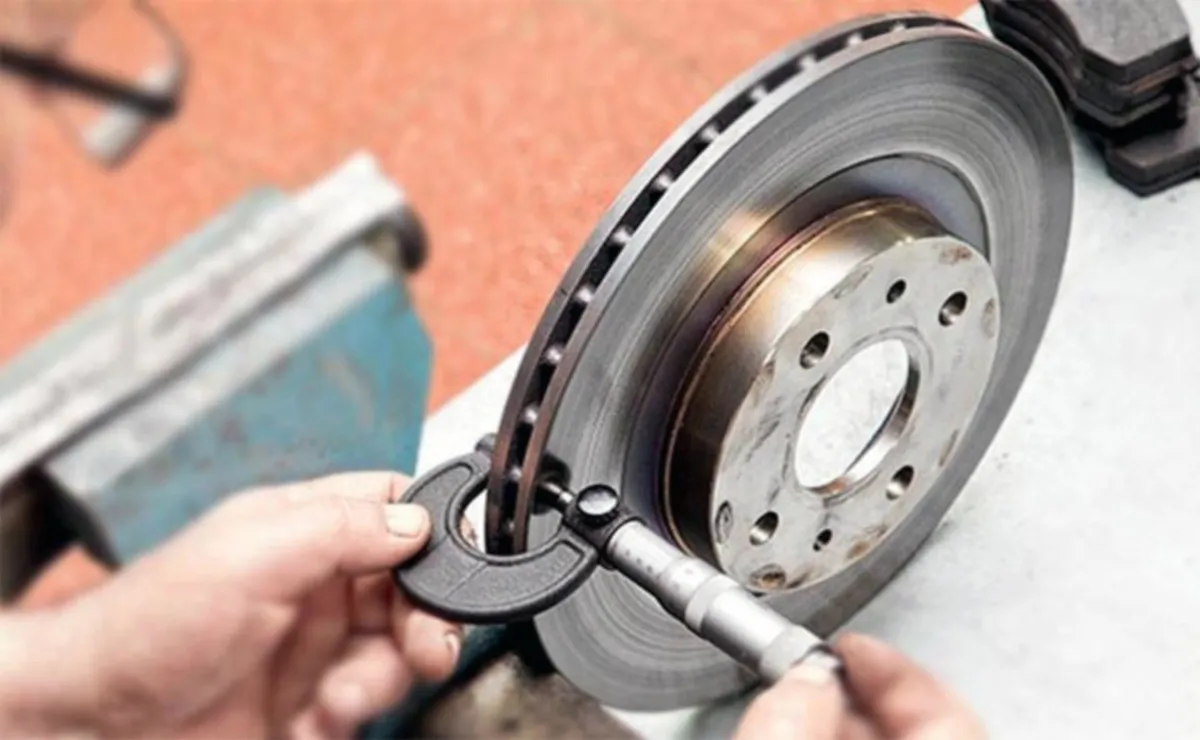
There are few options:
- If the thickness has reached the minimum value specified by the manufacturer, the discs need to be replaced (always in pairs on one axle).
- If the wear is within limits, but there are damages, resurfacing can be performed. This is a temporary solution that will extend the service life, but it should not be overused.
What should not be done?
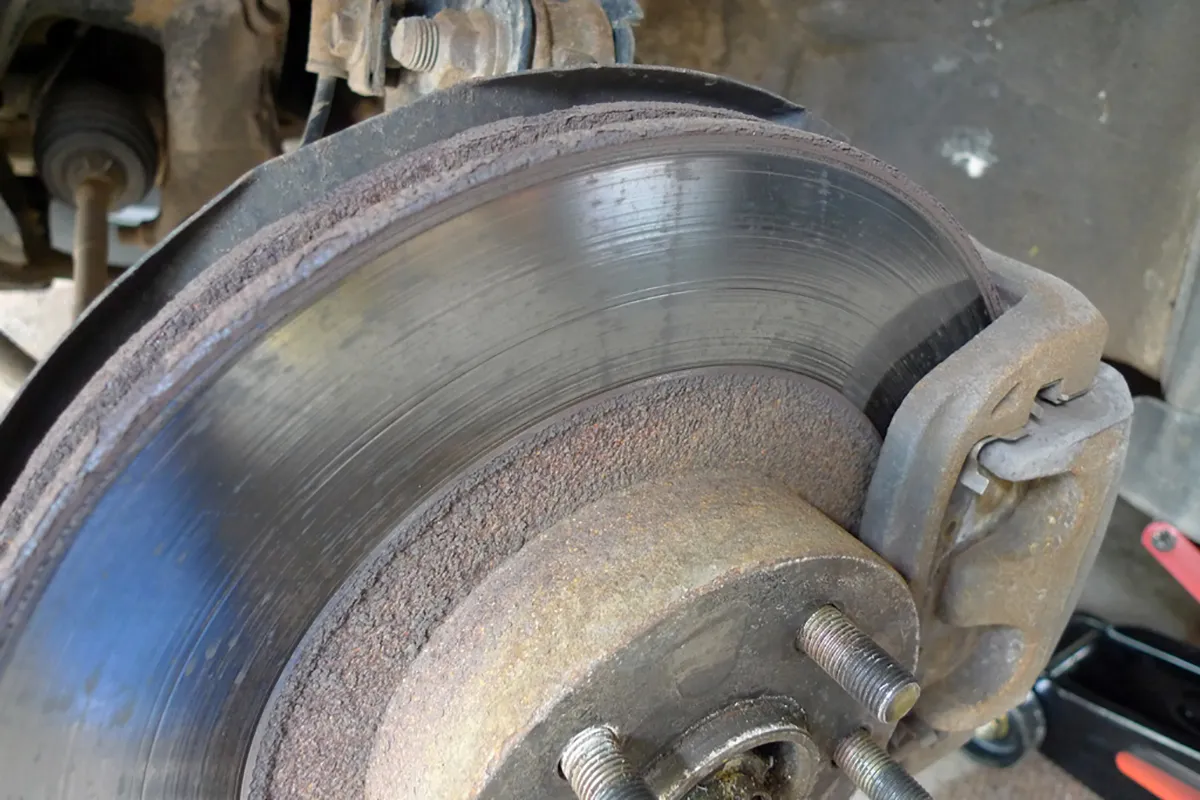
Some drivers try to economize and resort to dangerous methods, such as installing additional pads to compensate for disc wear. This can lead to brake locking while driving and loss of control.
Delaying the replacement of worn discs threatens not only with reduced braking efficiency but also with damage to other elements: cylinder pistons, CV joints, ball joints. Ultimately, "savings" will result in more serious expenses.
Auto30 Editorial Expert Opinion
The brake disc is a consumable item subject to intensive wear and various damages. During sharp braking, its temperature can reach 400°C, and if water gets on the red-hot surface at this moment, the consequences can be critical. Cracks are just one possible problem, but deformation of the disc, which manifests as vibration during braking, is more dangerous. Over time, microcracks grow into deep grooves, worsening the performance of the brake system.
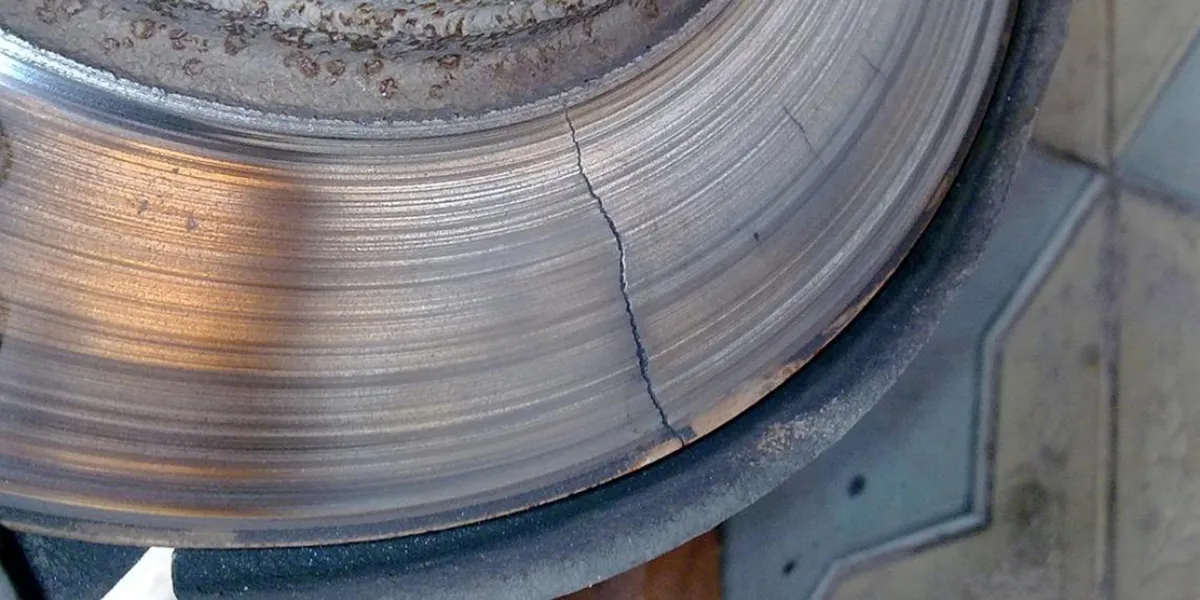
Another factor in accelerated wear is the ingress of sand and dirt between the disc and pads. This leads to groove formation, reduction of contact area, and consequently, reduced braking force. In addition, worn pads contribute to uneven disc wear.
Characteristic signs of wear:
- Squeaking or grinding during braking often indicates poor quality pads or technology violation in their manufacturing.
- Constant squeaking even while driving – a likely sign of a burr on the disc that catches the pad.
The service life of brake discs directly depends on the driving style. Fans of sharp starts and emergency braking should be prepared for accelerated wear of both the pads and the discs themselves.
Monitor the condition of brake discs – your safety depends on it. Happy diagnostics and timely repairs!
You may also be interested in the news:
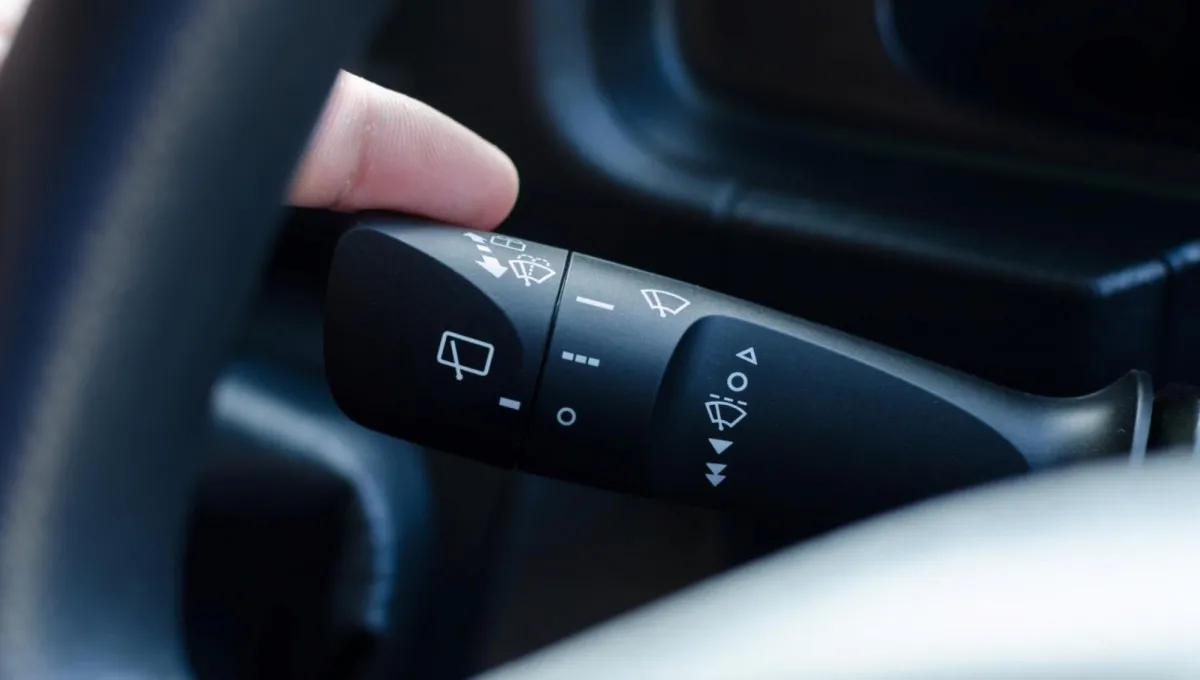
7 Hidden but Surprisingly Useful Features Every Car Has
Modern cars are packed with features most drivers never notice — from safety tricks to small conveniences that make life easier.

Steering Basics: Why You Shouldn’t Turn the Wheel All the Way to the Stop
Seasoned drivers know better than to crank a hydraulic power-steering system to the point of squeaks and groans.
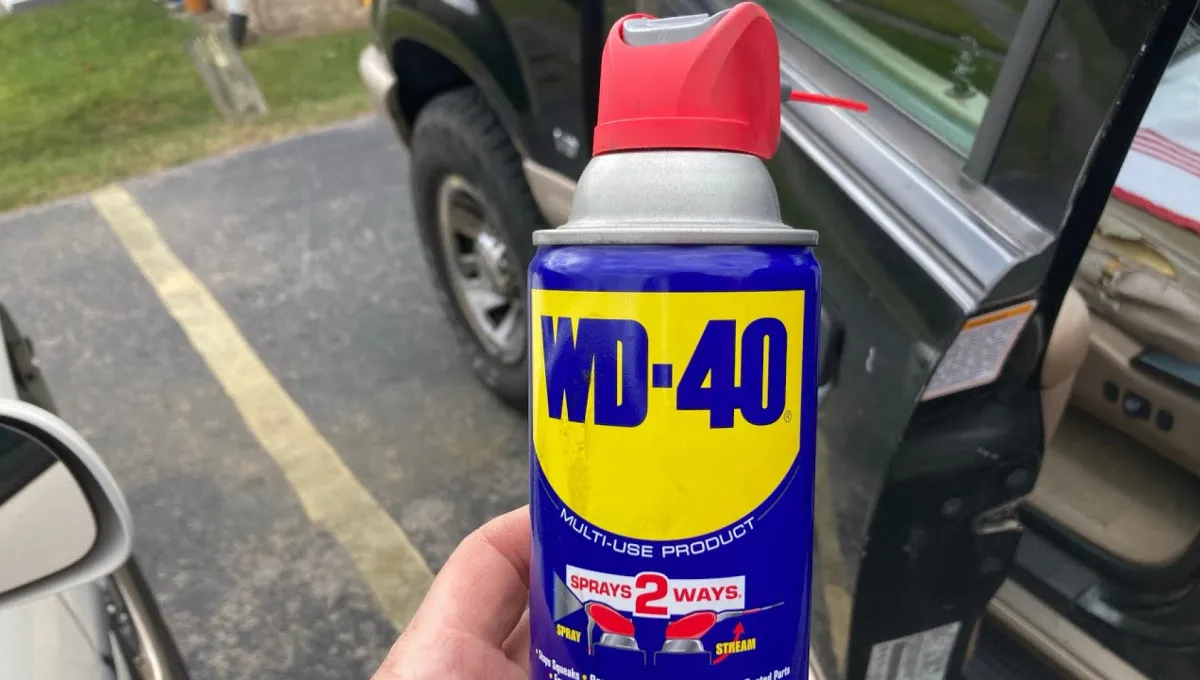
Why the Popular Lubricant Is Called WD-40—and Not WD-50 or WD-100
Seasoned drivers know this little miracle spray can bail you out of an unbelievable number of car troubles.

If Zodiac Signs Were Cars: The All-Wheel-Drive Horoscope That’ll Take You Places
Or: Why This Horoscope Smells Like Gasoline, Personality, and a Little Bit of Therapy
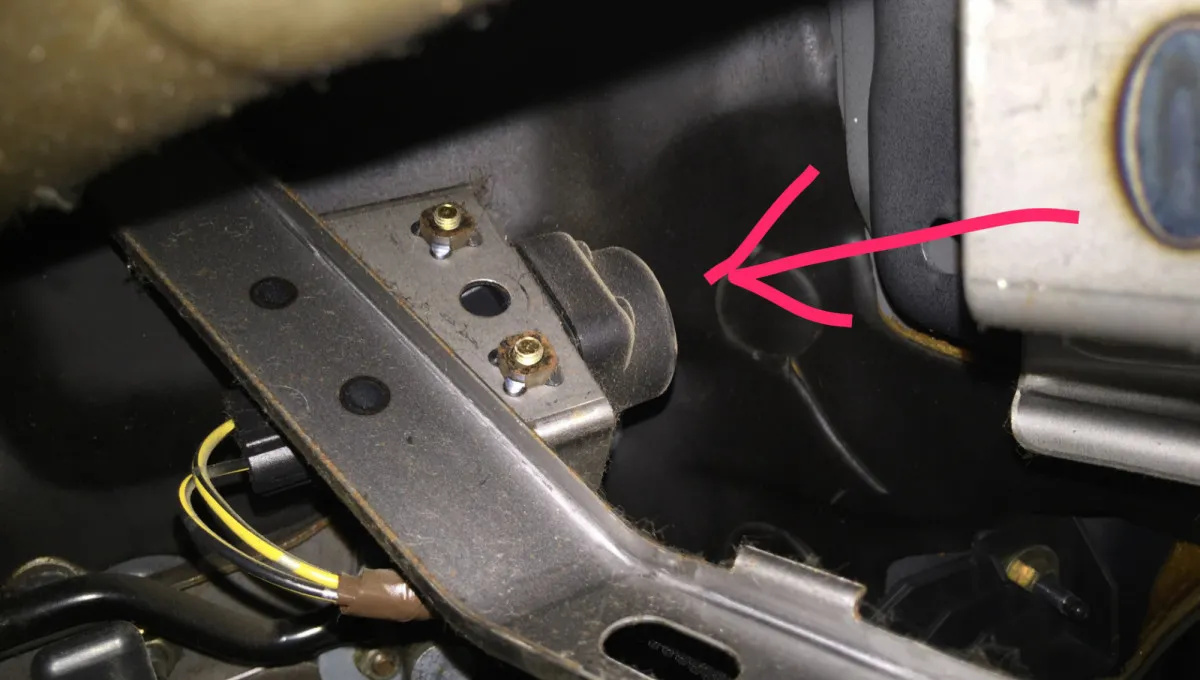
Mystery Button Hidden Under Most Car Dashboards — And Why So Many Drivers Don’t Know It Exists
Modern cars are packed with features and buttons whose purpose can be surprisingly hard to guess.